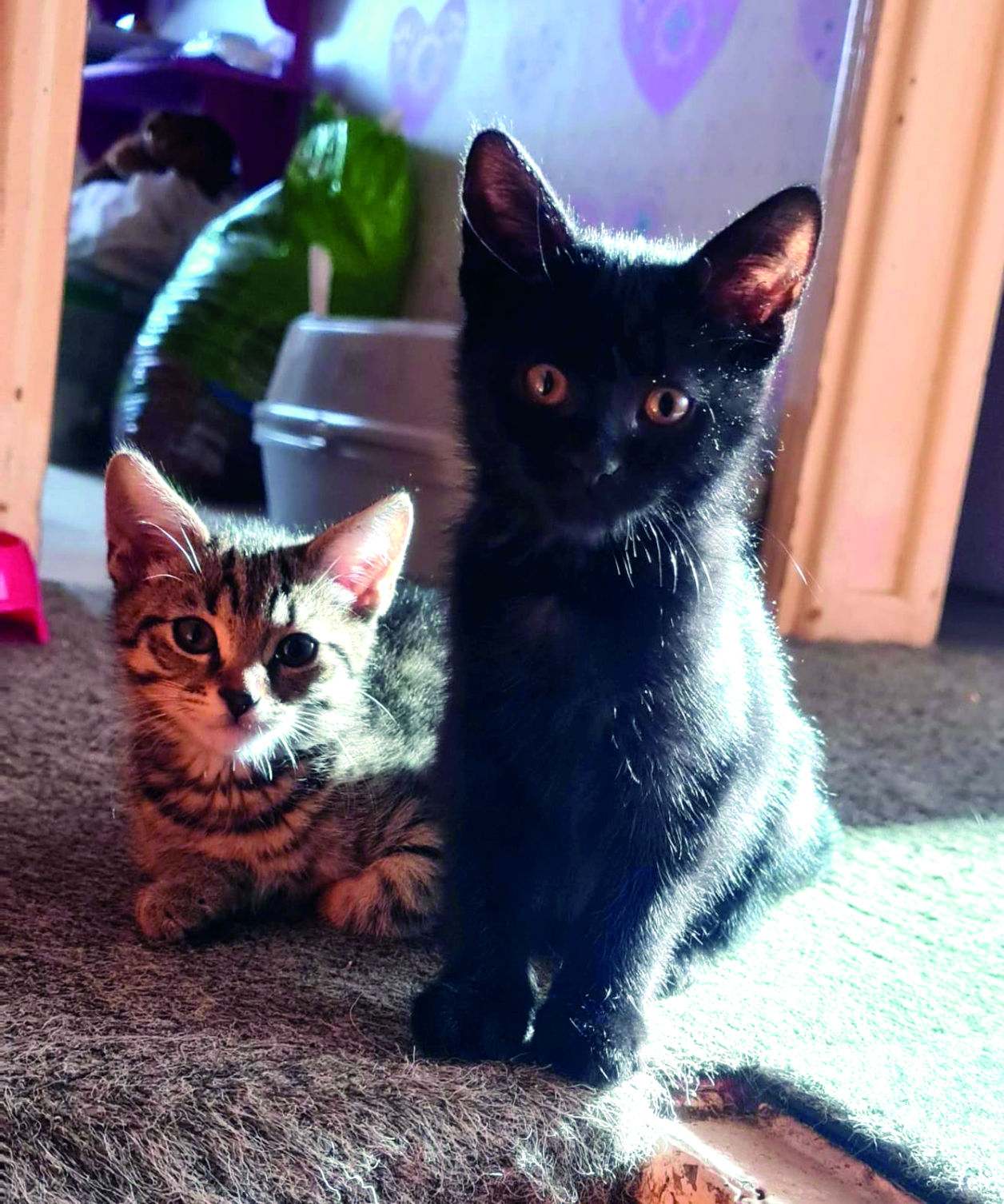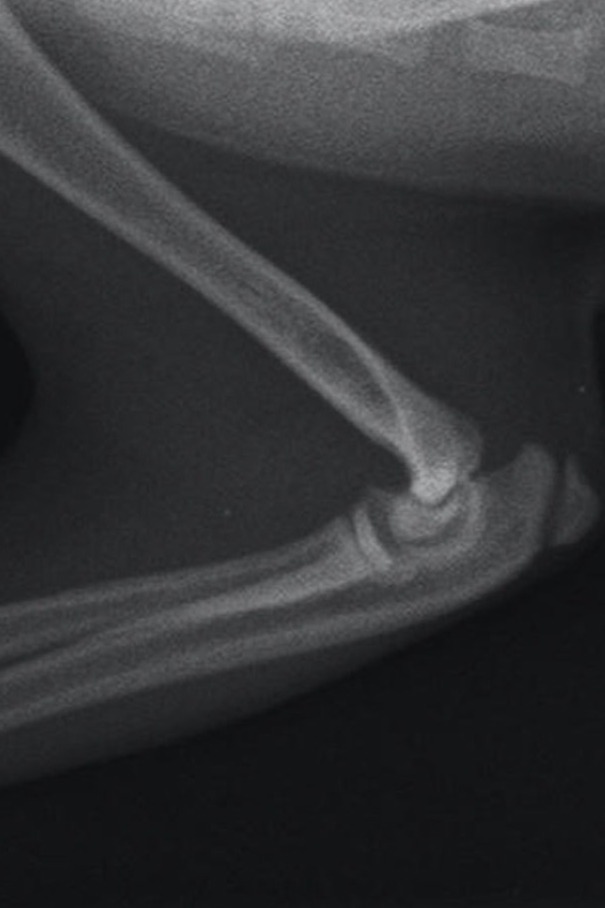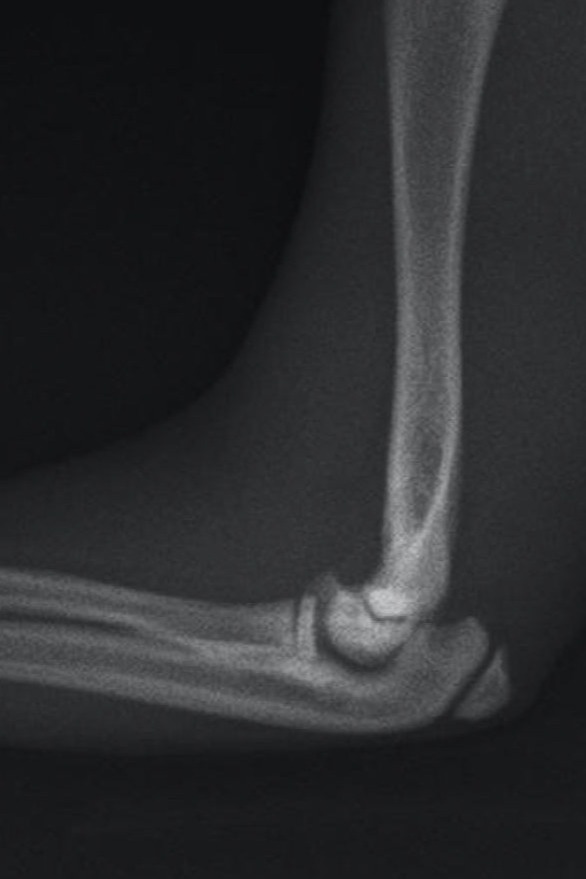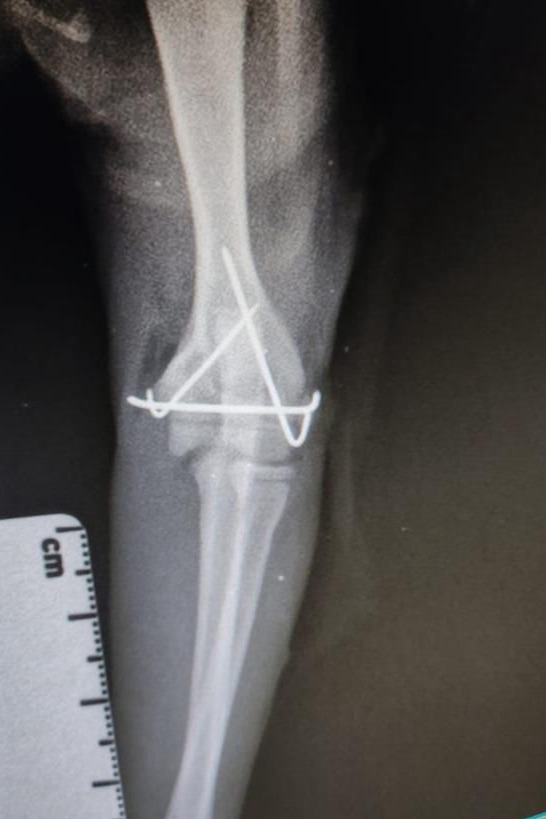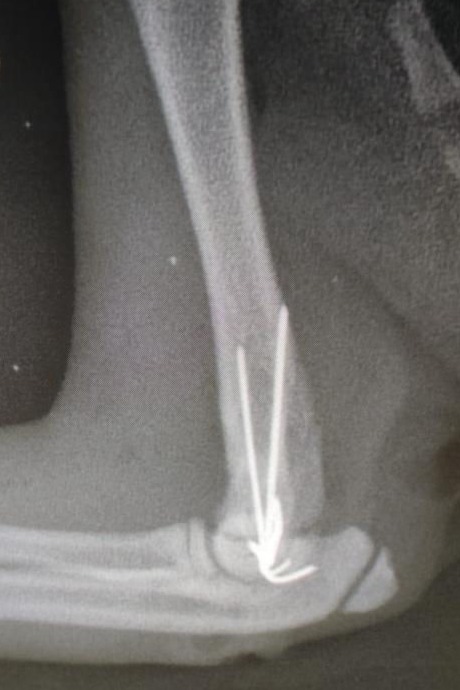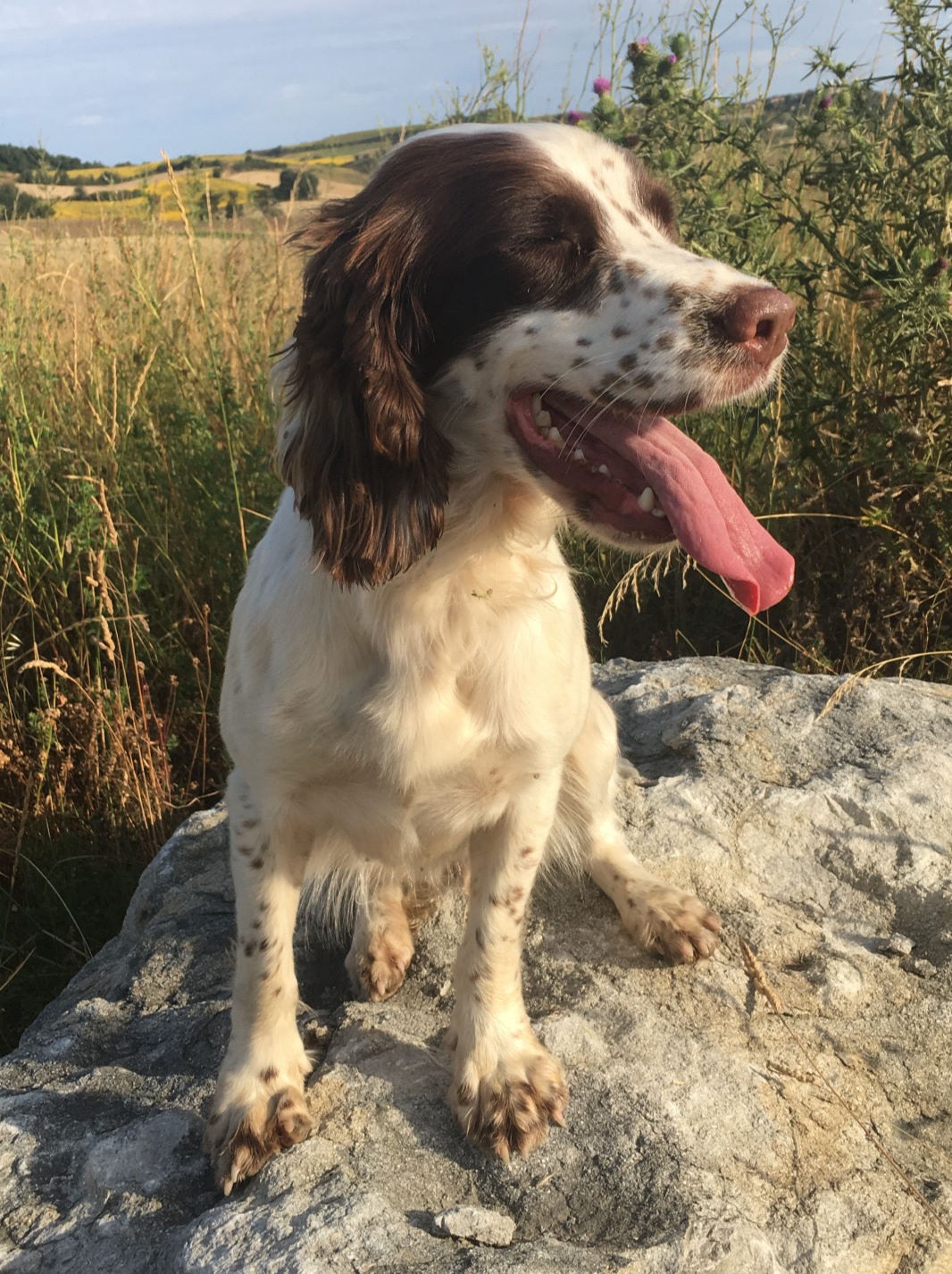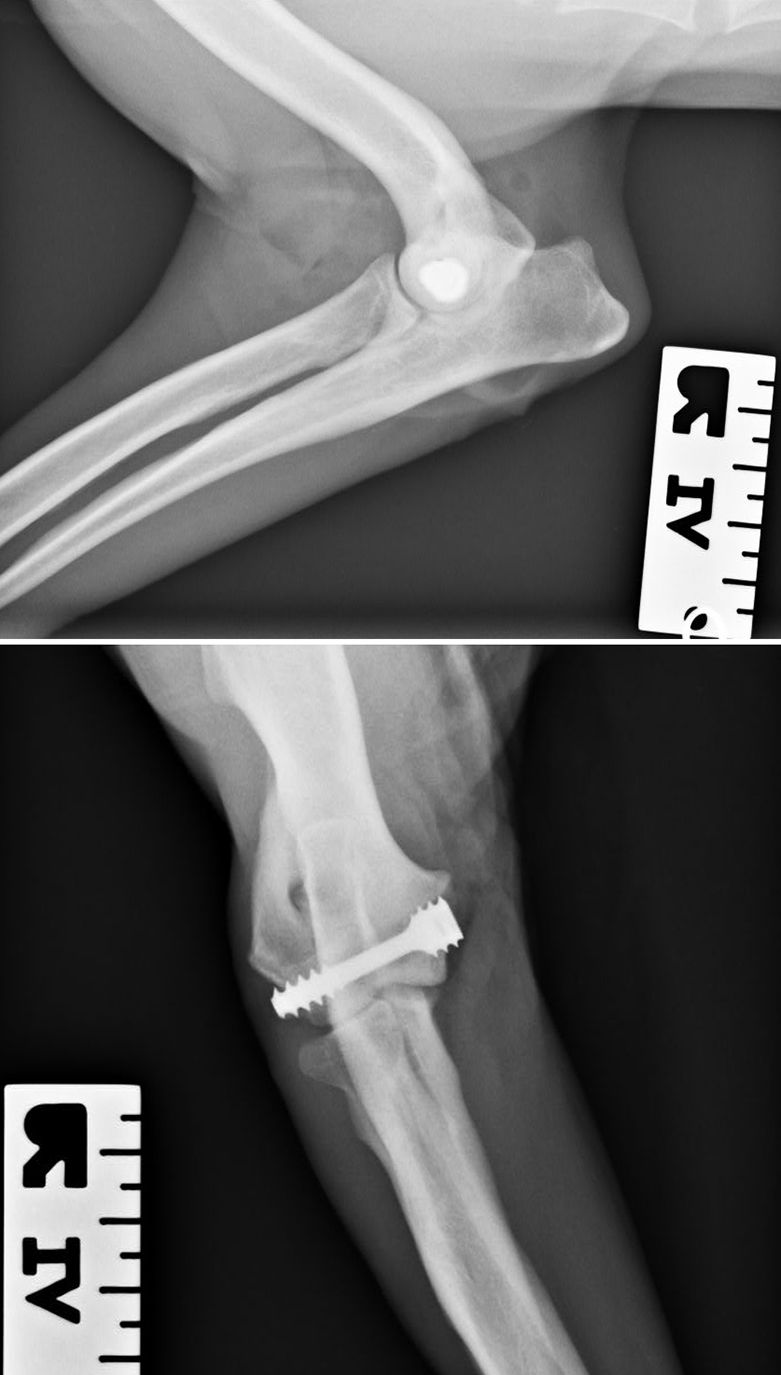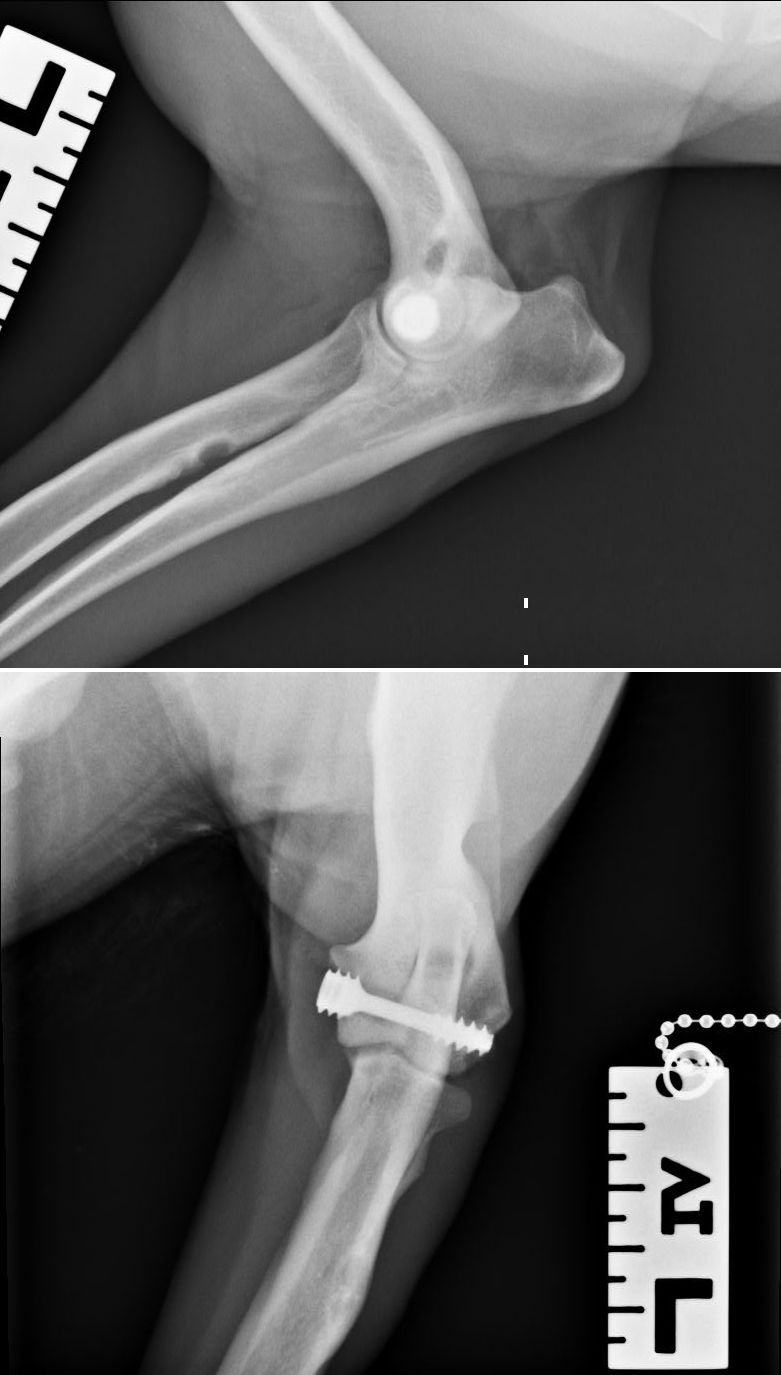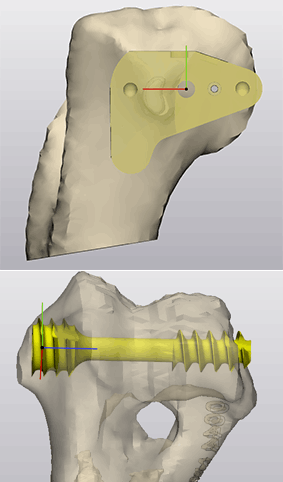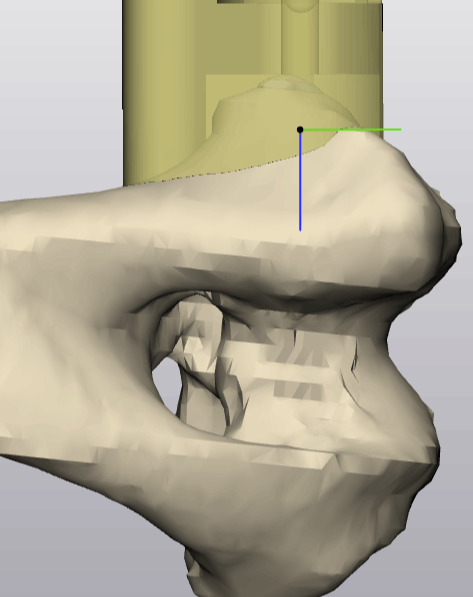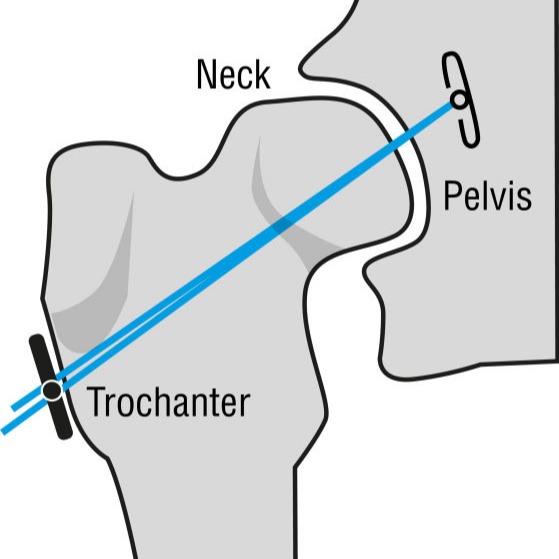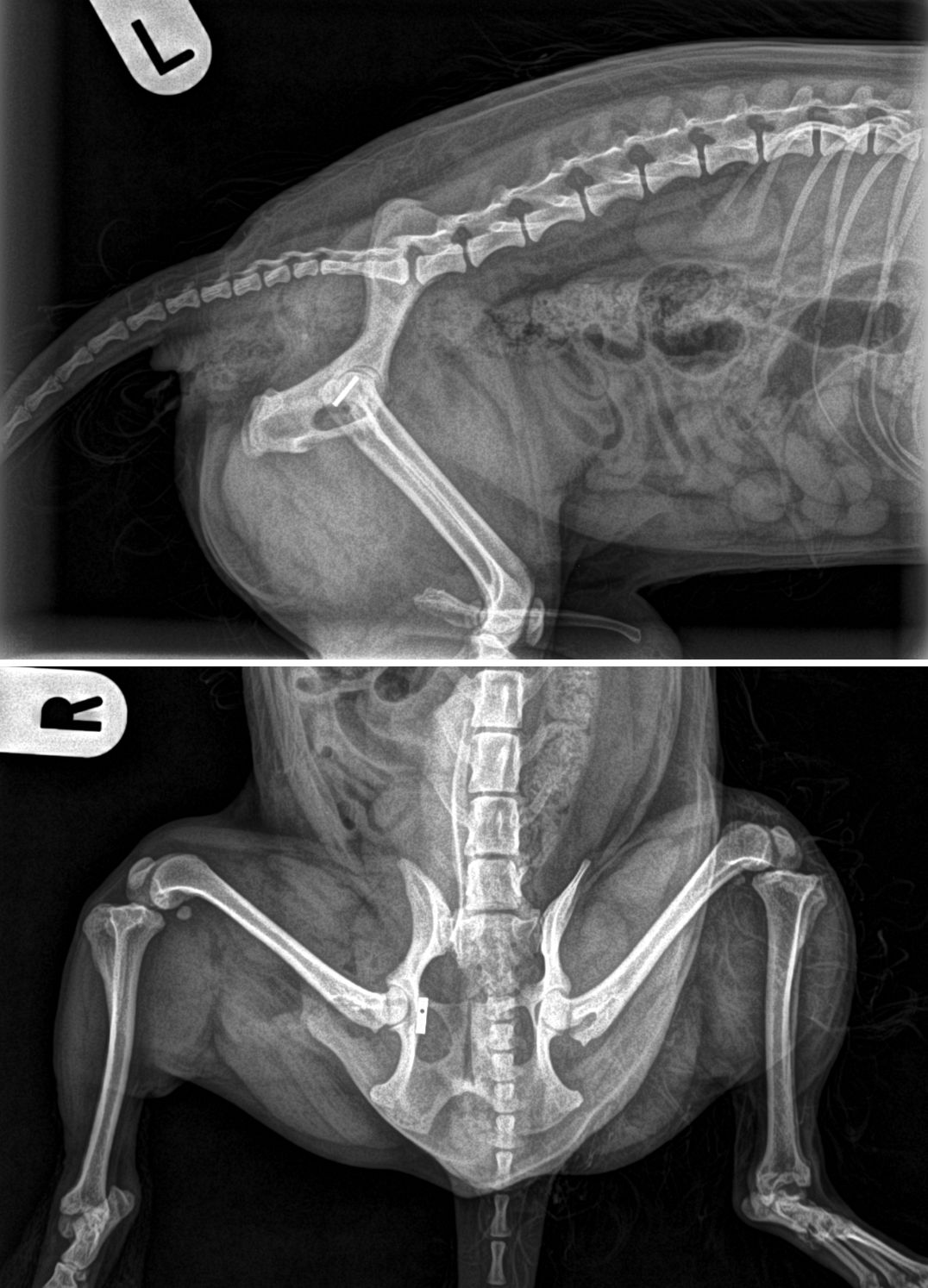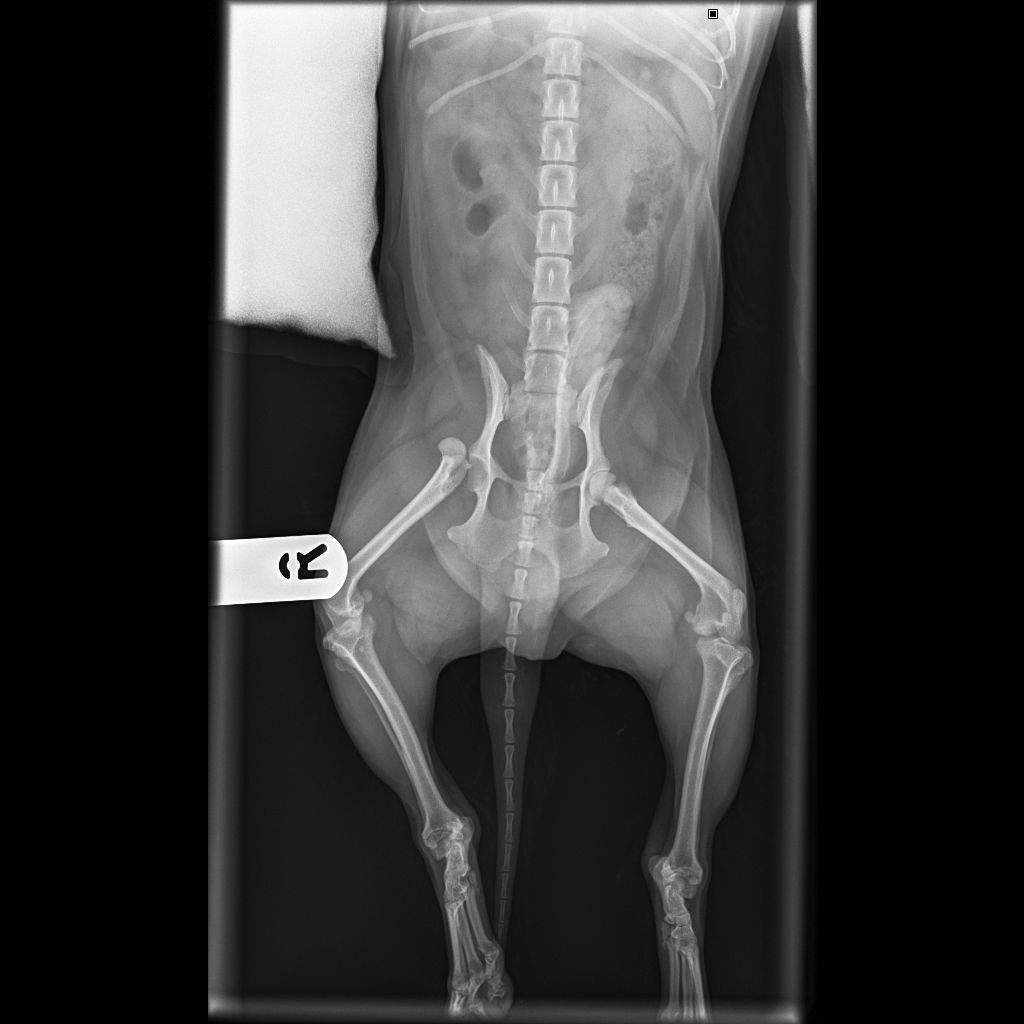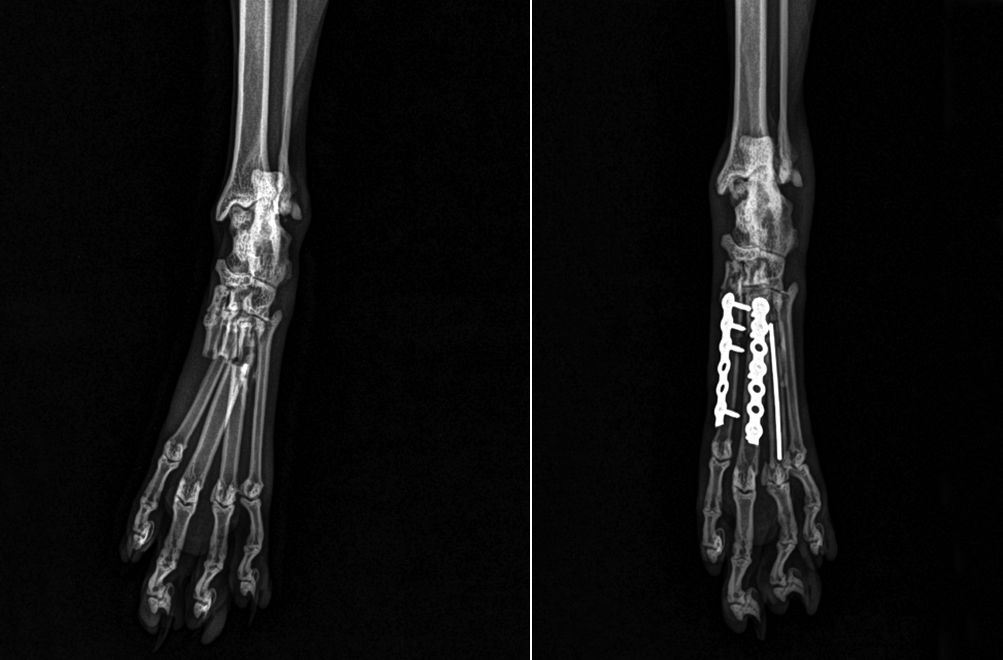
Juno
Earlier this year, 10-year-old labrador, Juno, was taken to his local practice for inspection of a mass that had been growing on the lateral aspect of his left stifle region.
The wonderful team at Juno’s primary care practice had already performed extensive investigations ahead of contacting us for our help, including fine-needle-aspirates (FNA) which had led his referring vet to a diagnosis of a mast cell tumour. Although of low grade on FNA, this could not be confirmed without histopathology, nor could the team be sure whether any spread had occurred to other parts of Juno’s body.
It was for this reason that steps were taken to assess for metastatic spead; starting off with ultrasound-guided biopsies of Juno’s liver and spleen. Abdominal organ examination was unremarkable at this stage, and cytology results did not support that
there had been any metastasis, so this was a huge relief for Juno’s family. Next up however, it was time for sentinel lymph node mapping, a technique used to assess the impact of a tumour on the lymphatic system. Juno was admitted for an anaesthetic which facilitated introduction of a contrast media around his mass, ahead of obtaining radiographs to analyse which lymph nodes were involved in his tumour growth. Again, to everyone’s relief, results from this approach were positive, not highlighting any
metastasis to these areas, although similarly to the earlier FNA results, these findings could not be deemed 100% reliable.
Further to a thorough review of history by ProVetSurg soft tissue surgeon Sam, it was decided that mass removal with a reconstructive skin flap was in Juno’s best interests.






